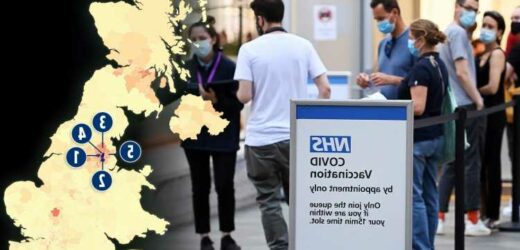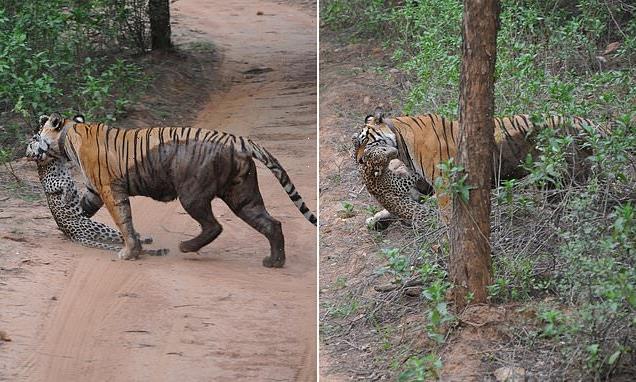A CORONAVIRUS "epicentre" has emerged in the North of England as cases of the Indian variant continue to dominate.
Cases of Covid have risen in 67 per cent of areas in England and the interactive map below lets you check if your area is on the hotspot list.
🔵 Read our coronavirus live blog for the latest updates
Data from Public Health England (PHE) states that the five areas which have seen the biggest increase in infections in the last week are all concentrated in the North West.
In the seven days up to May 28 just 30 per cent of areas have seen a fall in rates, and data published yesterday states that almost a third of local authorities in England (91 of 315) are now dominated by the Indian strain.
Blackburn with Darwen in Lancashire continues to have the highest rate of infections in the country, with 653 new cases in the seven days to May 28, the equivalent of 436.2 cases per 100,000 people.
This is up from 303.3 in the seven days to May 21 – it is also the area that has seen the second highest increase in infections in the last week.
Earlier this week Blackburn replaced Bolton as the most infected area in thecountry.
On Friday enhanced surge testing was rolled out in the area with council officials going door to door with PCR tests.
Rates are particularly high in 17-18 year-olds and public health chiefs in the area have called for younger people to be prioritised for the jab.
Bolton in Greater Manchester has the second highest rate of infections, down from 452.8 to 375.2, with 1,079 new cases.
Health officials in the area this week said that Bolton is in a "4th wave of the virus" but that cases rates were finally starting to improve.
Rossendale in Lancashire has the third highest, up from 113.3 to 312.0, with 223 new cases – Rossendale has seen the biggest week-on-week increase in England in the last week.
Infection rates in the area have soared and some schools have had to close due to outbreaks.
Ribble Valley in Lancashire has seen the third biggest week-on-week jump going from 24.6 infections per 100,000 to 147.8.
Hyndburn has seen the fourth biggest increase, going from 77.7 to 175.2.
South Ribble has seen the fifth biggest increase, going from 26.2 to 111 infections per 100,000.
REGIONAL BREAKDOWN
Each of the five areas where cases have risen rapidly are in the North West.
Looking at the data on a regional basis and the North West has close to nine times the amount of daily infections seen in other parts of the country.
Around 780 people are testing positive for the virus each day in the North West.
London is next on the list, recording 384 positive tests on a daily basis, followed by the South East where 345 people are testing positive each day.
There is then a drop to 289 positive tests a day in Yorkshire and The Humber, followed by the West Midlands where each day around 195 new cases are reported.
In the East of England this drops to 160 positive results a day, and 140 daily positives in the East Midlands.
In the South West there are 88 positive tests a day and 78 in the North East – which has the lowest number of people testing positive on a daily basis.
Separate data from The Sanger Institute also shows that cases of the Indian variant are still surging in the North West.
The highest number of cases were detected in Bolton. In one week, the Indian strain cropped up 758 times.
The Indian variant accounted for 91 per cent of new cases in the Greater Manchester town which has been at the centre of the outbreak.
Blackburn with Darwen, where 95 per cent of cases are the Indian variant, recorded the second highest cases (248) in one week.
Croydon and Central Bedfordshire are the other two areas where the Indian variant makes up at least 90 per cent of new cases, reporting 51 and 40 cases in one week.
Source: Read Full Article




